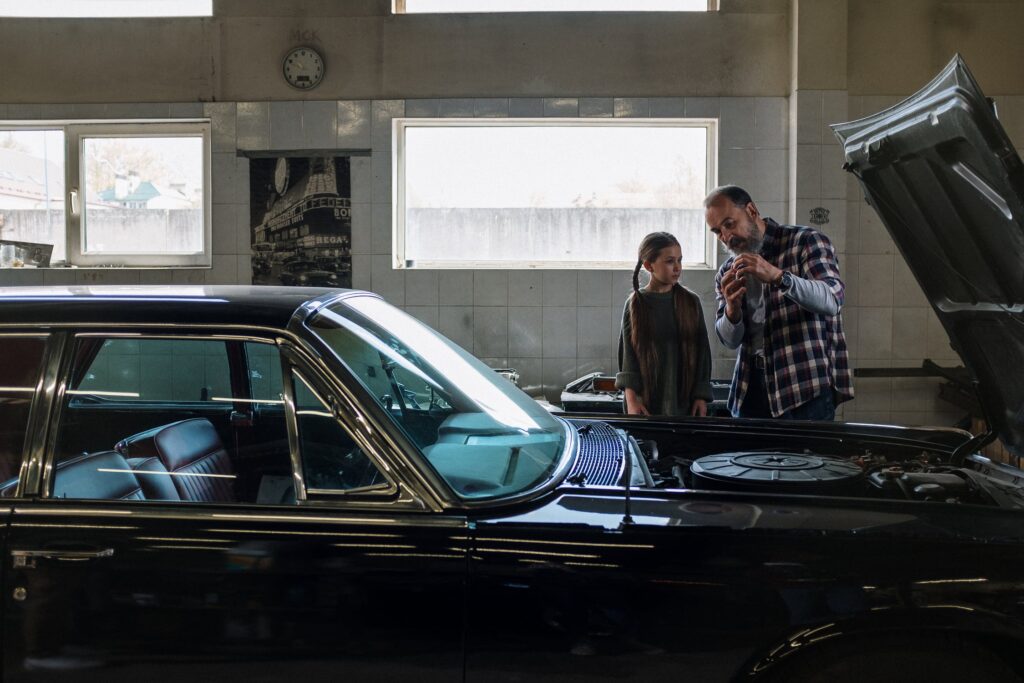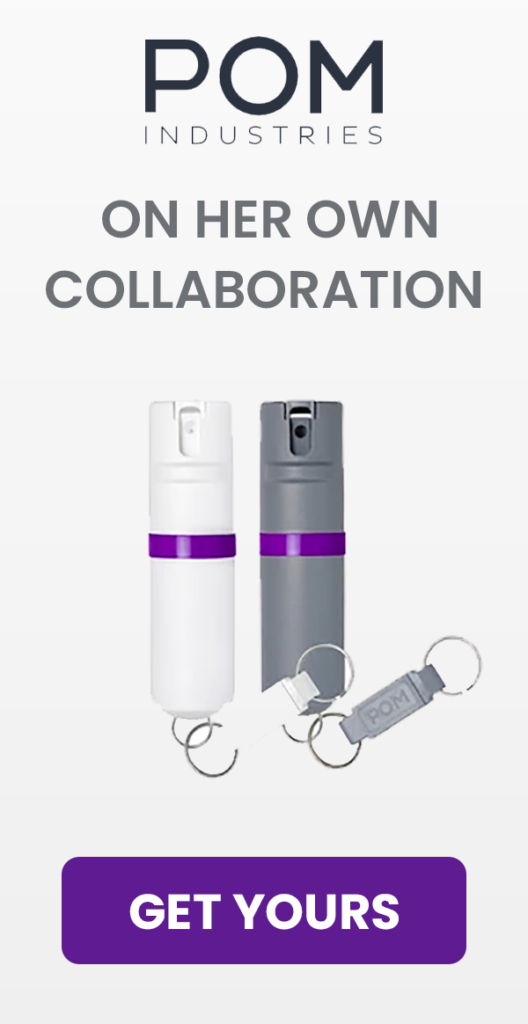
How many of you drive on a regular or semi-regular basis? Have your own car or a car that you share responsibility for? Take road trips, even in a borrowed or rented car? That probably covers most of you at some time or another in your life. I love getting on open highways or winding back roads, and my tolerance for long drives through isolated areas is well-known among my friends. In fact, it’s one of the things I miss most during pandemic and quarantine life, getting in my car and spending a day behind the wheel. So it was with no small amount of chagrin when a friend’s car wouldn’t start yesterday morning and, as we texted through her getting it fixed, I realized she was better prepared than I was to deal with it. For her, it was a relatively minor inconvenience, but it’s not difficult to imagine far worse places to have a battery die, a tire go flat, or worse. So what did she do that we should all have if we rely on cars?
The biggest thing is that she had an emergency kit in her car. Jumper cables, a couple of tools, an emergency triangle – much like this (affiliate link, usual caveats re same price for you; a little cash for me, like other links in this post) – nothing super complicated, and probably either came with her car or was a relatively inexpensive gift someone told her to toss in the trunk once. While she happens to live at an apartment complex with full-time maintenance staff, she didn’t have to rely on anybody having jumper cables to save her day. She just needed to find someone with a running car to give it a try. It helped that that someone knew how to use jumper cables, but do you? If your cell phone isn’t working? At worst, you might have instructions in your emergency kit, but you should learn how to use them and check for that instruction card before you really need it. While you’re at it, you should probably know how to pop the hood of your car and keep it open. It’s probably a simple lever to pull, but you’ll be a lot less stressed in an emergency if you’re not paging through your car manual to try to find it. To be even more self-sufficient, you might consider a jumper battery pack, so that you can jump start your car even if nobody is around or if you don’t want to approach a stranger for help. I like that this kit has a flashlight too, because extra lumens are rarely useless when you are getting in the nooks and crannies of your car
By the way, another thing you should make sure is in your car and that you should know how to use? The spare tire or tire repair kit. Every car is a little different, and it’s not always obvious where you can find it and whether it will have sufficient tools with it for you to actually get that change done. Then, if you’ve never put your car on a jack or taken a tire off a car before, you might not know how physically challenging it can be. It’s worthwhile to take what’s in your car and try it when you aren’t on the side of a highway at night, in the rain (which happen to have been the conditions the first time I had to change my own flat). Turns out that there’s a certain amount of strength required in addition to knowledge, and you might not be able to do it yourself, at least with the standard tools. The breaker bar to remove lug nuts is usually the biggest culprit because the ones included in car kits are often too short to work well. Better to find that out and order something a bit longer, sturdier, and easier to use before you find out you can’t make the default option work.
The other thing my friend did right was have a roadside emergency service. AAA is one, but you might also have something similar available through your car manufacturer/dealer, a credit card, your automobile insurer, or another source. It’s always nice to be able to call a friend or family member, or rely on a helpful acquaintance or stranger, but that’s not always going to be possible. Your car could break down too far away from home, or they might be unavailable for their own, very good reasons. And as we know, acquaintances and strangers might not stop to help or be more of a danger to you than not helping at all, even assuming they’re around on the quiet country road where you blew a tire. The beauty of a paid service is that they’re obligated to show up at some point. They can be fraught with frustration, more expensive dollar-wise than you expect, and leave you waiting for hours, but they hands-down beat being stuck with no way out. Learning what benefits they have and collecting their phone numbers ahead of time will reduce some of those hassles and if you happen to have multiple services that you’ve already paid for, like what your rental company offers along with your credit card, you can pick and choose the best one for a certain situation. Again, don’t rely on being able to look up that information at the time something goes wrong. Keep the written info with your car, or at least locally stored on your cell phone.
There’s so much more here, including how to make sure you don’t get hurt while helping yourself or waiting for help. But step one? You’ve got it right here, and it’s something you can go take care of right now…or maybe when it gets just a little warmer outside.




